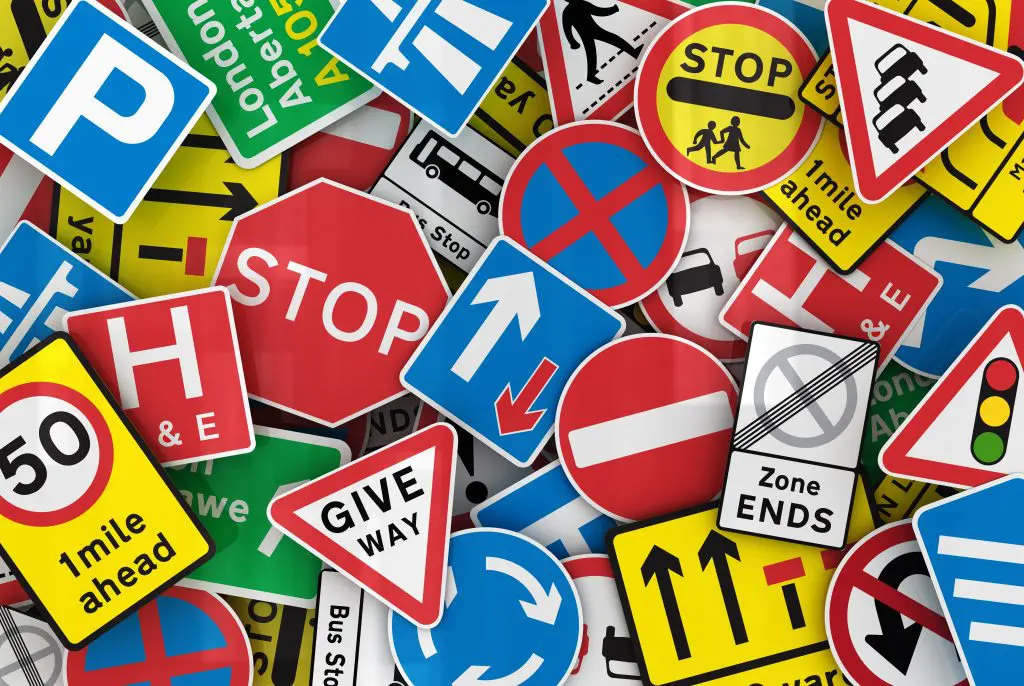UK drivers need to learn all road signs to pass their driving test! It’s important all road users are aware of what the road signs in the UK mean but search engines have recently seen an increase in misunderstood road sign questions. Not being aware of what UK road signs mean and how to respond to them can be dangerous and land you a hefty fine from the police. The Highway Code from the Department for Transport illustrates all the signs you will see on UK roads and what they mean.
Below are the most common road signs in the UK that drivers are unable to comprehend. Can you get them all right? If not, it may be time to brush up on your understanding of traffic signs!
Most misunderstood UK road signs:
1. No Vehicles.
One of the most misunderstood road signs in the UK is the ‘No Vehicles’ sign. The empty white circle with a red outline means vehicles are NOT permitted through this area. Pedestrians and cyclists can usually use this area though.
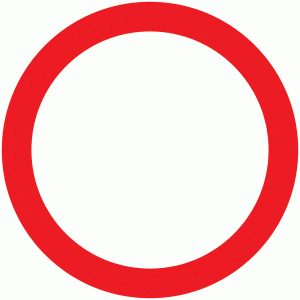
2. With-Flow Bus and Cycle Lane.
The blue and white ‘With-Flow Bus and Cycle Lane’ means a lane is only to be used by buses and cyclists. In some situations, this sign can be accompanied by a time in which the rule is applied but no timing stated means it must be followed at all times.
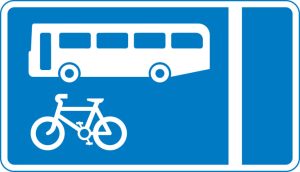
3. Start of Quiet Lane.
The Start of Quiet Lane road sign is often misunderstood by UK drivers as it can be one of the least common. A quiet lane is a stretch road which is usually found in rural areas. These road signs are in place to preserve peace throughout a designated area. Usually, cars can use a quiet lane, unless stated otherwise, but they will have to abide by a 35mph speed limit.
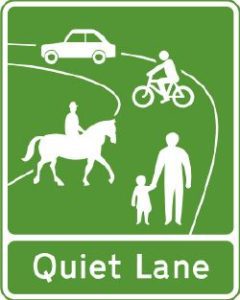
Looking For Car Finance?
Get your no-obligation car finance quote and choose ANY car from ANY trusted garage!
(No credit impact when you apply.)
4. A Quayside or Riverbank.
This red triangle warning sign features a car falling into the water. This road sign warns drivers there could be a quayside or riverbank ahead. This sign is in place in areas where the river or quay may be dangerously close to the end of the road and intends to make drivers aware.
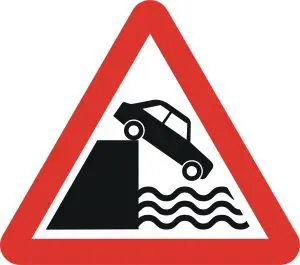
5. No stopping.
The No Stopping road sign is very common but it is also one of the most misunderstood. Maybe because it can be easily confused with the ‘No Waiting’ road sign below. Whatever the reason though, the No Stopping road sign is very important. This road sign shows a blue background with a red outline and an ‘X’ running through the centre. Drivers must not atop their vehicle under any circumstances in this area.
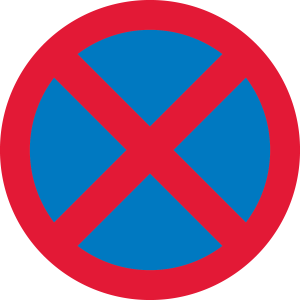
6. No Waiting.
Similar to No Stopping, the No Waiting sign can be confusing. This sign depicts a blue background with a red line outline and a red line running through the circle. The ‘No Waiting’ sign means drivers are allowed to drop off or pick up a passenger in this area but can only wait for a very short time. This sign is usually accompanied by a stated time in which this rule is enforced.
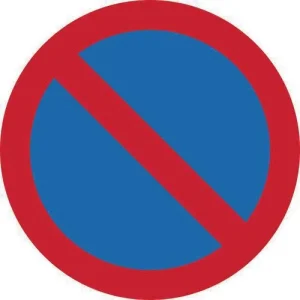
7. Level Crossing No Barrier.
The Level Crossing No Barrier road sign is very important. This sign in the shape of a ‘red cross’ means there is a railway line ahead and the crossing does not have any barriers, rates, traffic lights or attendants to make sure you cross safely. Instead, there will only be a ‘Give Way’ sign. You should always approach a level crossing with caution and only cross once you deem it safe to do so.
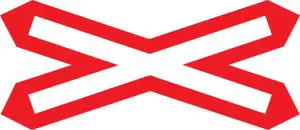
8. Vehicles may pass on either side.
This traffic sign tends to be rare but maybe that’s why it’s one of the most misunderstood road signs in the UK! This blue circular sign shows two white arrows pointing down in different directions. The ‘Vehicles may pass on either side’ means road users can use both sides of the road or lane to reach the same destination.
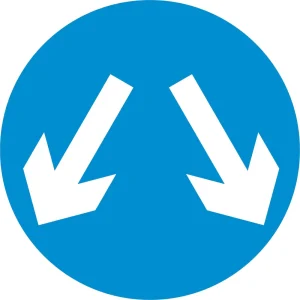
Save Money on Your Next Car Finance Deal!
As one of the UK’s leading car finance brokers, we have the best lenders at our fingertips! Let us help you find the best car finance deal in an instant! Then, you’ve got the freedom to choose the car you want from any FCA-approved dealer in the UK.

